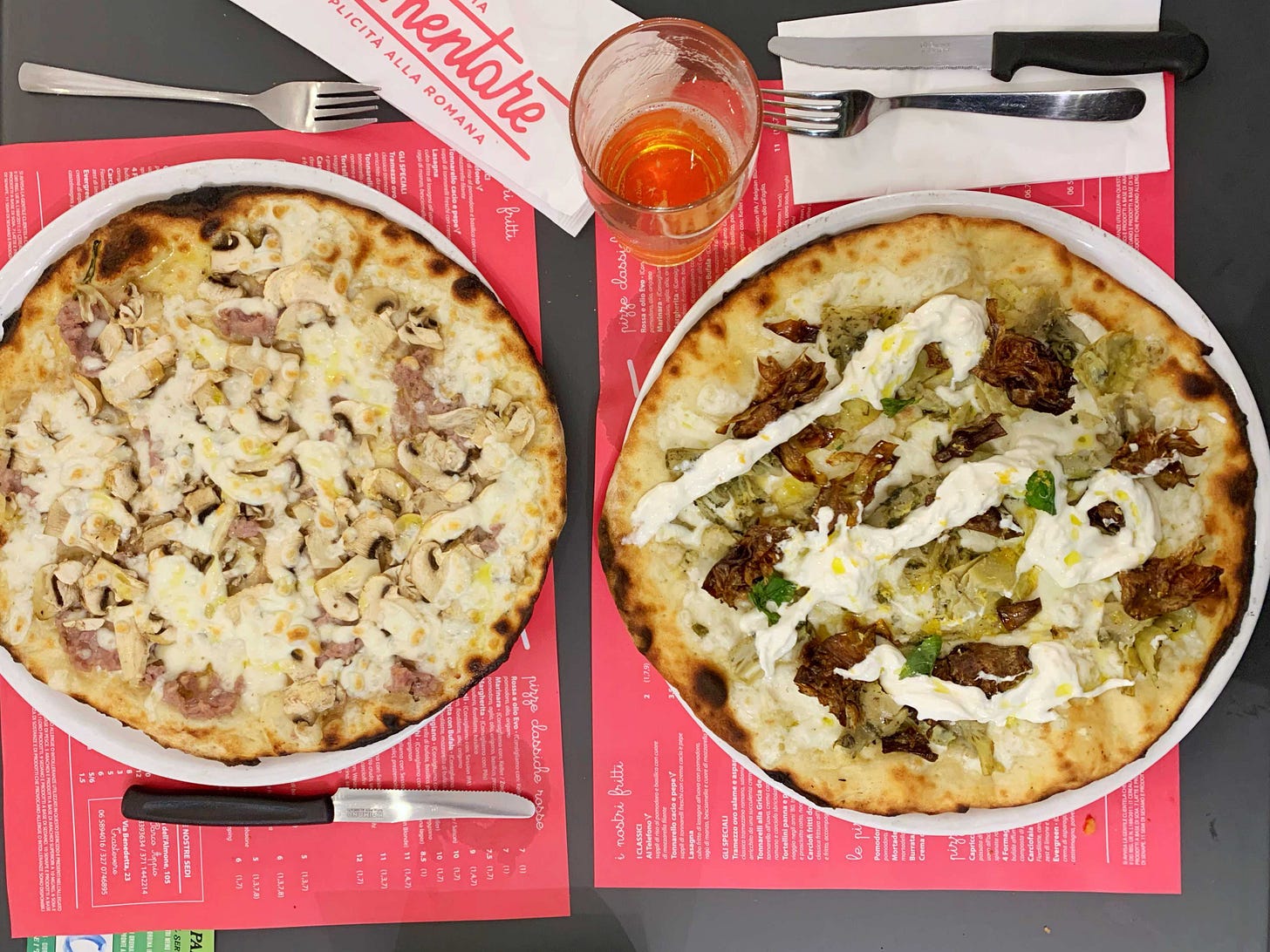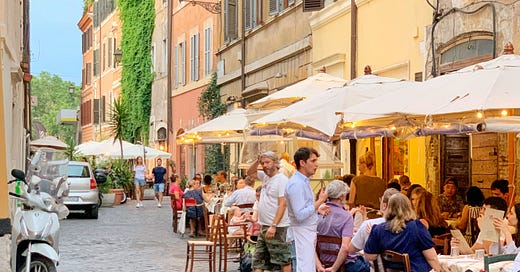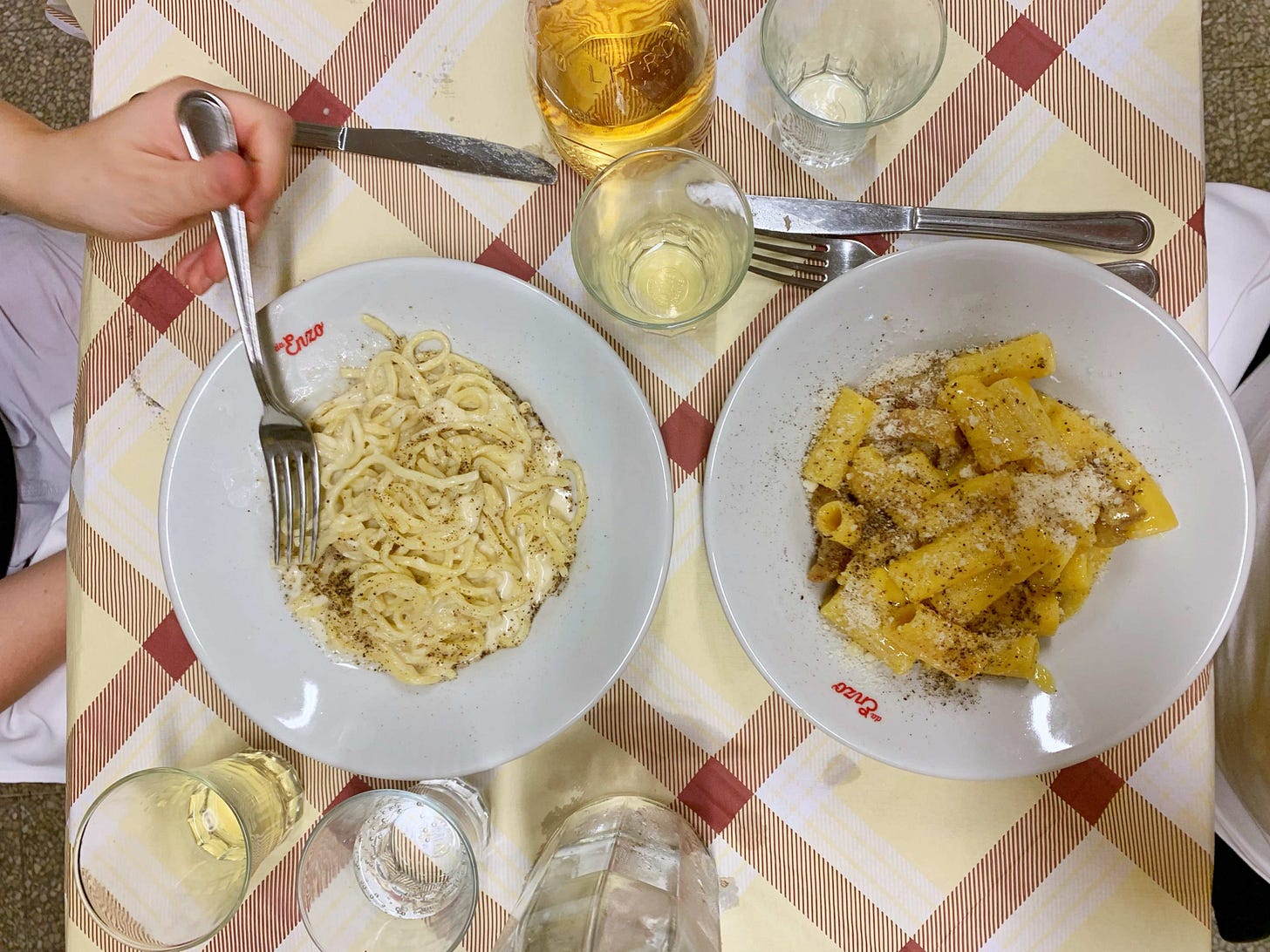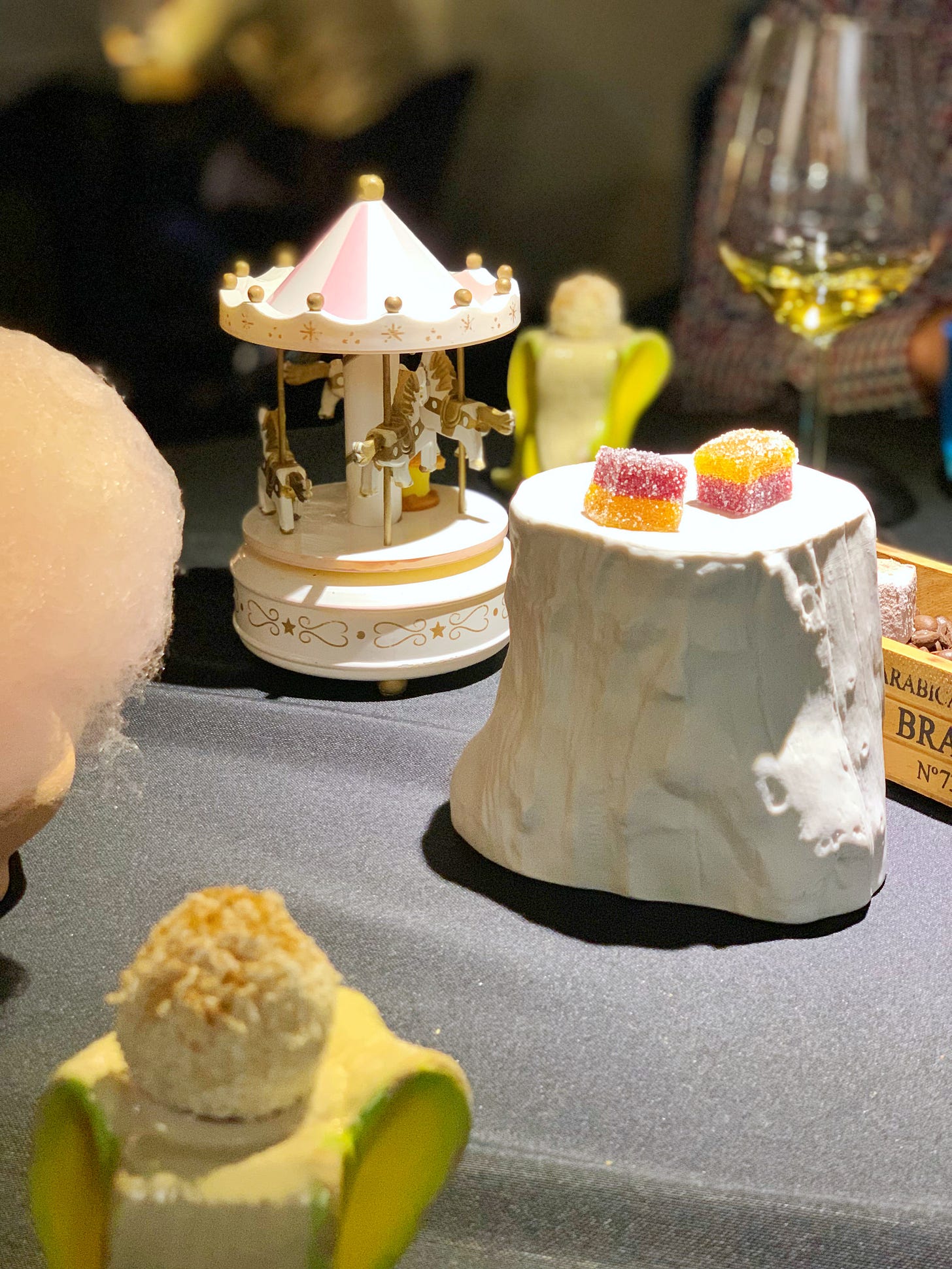One of the questions I get asked most frequently is, “I / my mother / my best friend’s second cousin and her husband am / is / are going to Rome! Where should I / she / they eat?”
Lately, I’ve gotten a bit lazy and started copying and pasting a standard response with a few options. But I think I owe it to you—and myself—to do better. So if you’re the kind of person who understands why it’s not a great idea to just wing it, if you know how to spot the tourist traps but don’t know where to find the creamiest cacio e pepe, if you plan your whole itinerary around meals and don’t want to be disappointed, or if you’ve already consulted the guidebooks but want a local opinion, this list is for you.
I can’t claim to have eaten at every trattoria, pizzeria, and ristorante that’s ever been featured in a guide to Rome. Maybe one day I’ll eat a plate of cacio e pepe that blows every other plate of cacio e pepe out of the water. (If I do, I’ll update this list.) I also recognize that even if we, as journalists, don’t always acknowledge it, every ‘best of’ list is subjective, even the most authoritative ones. So this is my very subjective list of the best places to eat in Rome. I’ve broken it down into 11 categories: best Roman trattoria, best fine dining restaurant, best pizzeria (sit down), best pizzeria (take out), best seafood restaurant, best creative bistro, best for a quick bite, best market, best gelateria, best bakery (forno), and best bakery (pasticceria).
Best Roman Trattoria
An authentic Roman trattoria shouldn’t be trendy. It should be no frills, a bit boisterous, with no nonsense service, and the menu should stick to classic Roman dishes. If the decor is a bit too swanky, the lighting is low, or the menu includes ingredients like avocado, it might be a fine place to eat, but it’s not an authentic trattoria.
When I want to bring an out-of-town friend to my favorite Roman trattoria, I go to Da Enzo al 29 in Trastevere. Every time I go, I curse myself a little bit for writing about it, because the line is always ridiculously long, and this is one of the very few restaurants in Rome that doesn’t take reservations, but when I finally sit down and bite into a forkful of their tonarelli cacio e pepe, I remember why it’s worth the wait. The tonarelli are fresh and homemade, but they’re hearty enough to stand up to the thick, creamy sauce. And whatever else my dining companion and I order, it never disappoints. Despite this family-run trattoria’s popularity, the prices are still extremely reasonable.
Best Fine Dining Restaurant
The Michelin guide has bestowed a total of 22 stars on 17 restaurants in Rome. So far I’ve been to eight of them. The designation of a Michelin star sets up certain expectations that can lead to disappointment, and when you’re spending a couple hundred euros on a meal, no doubt you’d rather avoid disappointment.
For me, the standout restaurant with the tasting menu that’s really worth every penny is Ristorante All’Oro and the reason is simple: it’s not only delicious but also fun. A lot of fun. Chef/owner Riccardo Di Giacinto plays with classic Roman recipes—creating a pasta-less carbonara served in an egg shell, for example, and transforming coda alla vaccinara into the shape of a Ferrero Rocher—but he also plays a lot with the presentation, using funny souvenir mugs or children’s toys to serve his creations. His tasting menu is one of the few truly memorable multi-course meals I’ve eaten and months later can still remember exactly what I ate without looking at my notes.
Best Pizzeria (Sit Down)

This category might be the hardest one for me because my husband and I are both pizza fiends. We’ve been to a lot of pizzerias in this city and it’s hard to say which one is the best. We both prefer Neapolitan-style pizza with its thick, doughy crust over the thin-crust Roman style of pizza. However, we can appreciate Roman pizza when it’s made well, with top-quality ingredients.
The best Neapolitan-style pizza we’ve had in Rome is at i Quintili. The pizzaiolo, Marco Quintili, is Neapolitan and it shows. There are three locations, none of which are in the center of Rome, which gives you a clue that this place is not pandering to tourists but catering to locals. We’ve been to two of them and at both locations, the menu was extensive, the service was speedy, the pizza and fritti were excellent, and the prices were very reasonable, unlike at the more famous Seu Pizza Illuminati. Having been to both, I would skip Seu and go back to i Quintili again and again—but that’s just my opinion.
In the past year, we went to two Roman-style pizzerias that came pretty close to being the best. 180 Grammi is one of Rome’s next gen pizzerias that’s fanatical about ingredient sourcing and the best quality dough. The design is modern and slightly trendy, and as far as we could tell the clientele is 100% local—probably because of the location on a quiet corner in Centocelle, way off the tourist radar.
L’Elementare has a similar ethos. For me, what puts it a notch ahead of 180 Grammi is the section of the menu with creative toppings. I couldn’t get enough of my pizza topped with artichokes—both fried and Roman-style—stracciatella, fior di latte mozzarella, lemon zest, and wild mint. L’Elementare has two locations and I’ve been to both of them. Marco and I went to the one in Parco Appio, which is inside a verdant park and has a laid-back vibe with tables under a tent hung with string lights where kids and dogs were running around. However, if you’re staying in the center of Rome, their location in Trastevere is more convenient.
Keep reading with a 7-day free trial
Subscribe to The New Roman Times to keep reading this post and get 7 days of free access to the full post archives.







